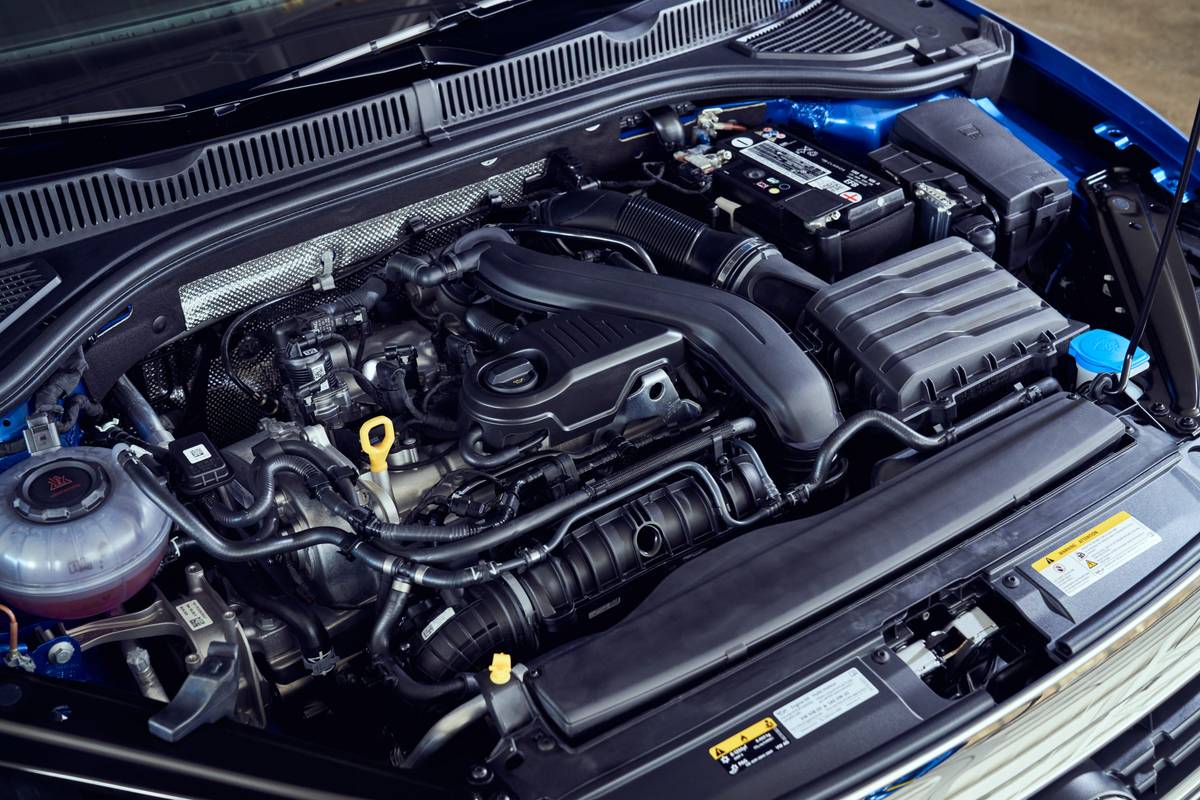What Is an Actuator?


Actuators work behind the scenes in vehicles to convert energy into a physical action or force. They perform a variety of performance and convenience functions, from controlling the throttle to directing airflow in the climate control system, and operating power seats and liftgates.
Related: What’s the Difference Between Summer, Winter and All-Season Tires?
Though the average vehicle has dozens of actuators, they are out of sight and out of mind until one fails. The only time you’re likely to hear about them is when a technician says an actuator needs to be replaced because a sunroof won’t close, the air conditioner doesn’t blow cold air or there’s another malfunction.
Most actuators are motors powered by electricity; others are mechanical and activated by airflow or fluid pressure. Electric actuators take their orders from microprocessors that manage the various electronic systems in vehicles. While sometimes you can tell actuators what you want them to do and when, computers make all the decisions other times.
For example, when you step on the gas pedal, there is no mechanical connection that allows more air and fuel into the engine. Instead, a sensor tells the electronic control unit, aka ECU, how far down you’ve pushed the pedal, and an actuator opens the throttle accordingly. If you want more warm air to your feet and less to the windshield, actuators react to the push of a dashboard button to open and close doors in the climate control system to obey your command.
Engine idle speed is controlled by actuators based on signals that the ECU receives from various sensors. When the air conditioning compressor turns on, for example, actuators will increase the amount of air and fuel going into the engine to compensate for this additional “load” on the engine, and maintain a steady idle speed.
Actuators are used everywhere, including camshafts on vehicles that have variable valve timing. Camshaft actuators adjust when valves open and close to maximize performance and fuel economy, as well as reduce emissions.
They also play a critical role in adaptive cruise control and other advanced driver assistance systems (ADAS), such as automatic emergency braking and lane centering. With ADAS, if sensors or cameras detect that a collision is likely or an inattentive driver is drifting into another lane, the sensors notify the ECU, which sends signals to actuators that may reduce engine power, apply the brakes or make steering adjustments.
As manufacturers add more ADAS features and move towards autonomous driving, actuators will play an even bigger role in vehicle operation.
More From Cars.com:
- What’s The ‘L’ in Your Shifter and When Should You Use It?
- What Is a Collision Damage Waiver?
- What Is a Headliner?
- How Does a Car Defroster Work?
- What Does AFS Mean?
Cars.com’s Editorial department is your source for automotive news and reviews. In line with Cars.com’s long-standing ethics policy, editors and reviewers don’t accept gifts or free trips from automakers. The Editorial department is independent of Cars.com’s advertising, sales and sponsored content departments.

Contributor Rick Popely has covered the auto industry for decades and hosts a weekly online radio show on TalkZone.com.
Featured stories

15-Year Car Loans Aren’t a Thing, But Americans Are Getting More Comfortable With Long Loan Terms

2025 Kia Telluride Review: Rougher Roads Ahead



